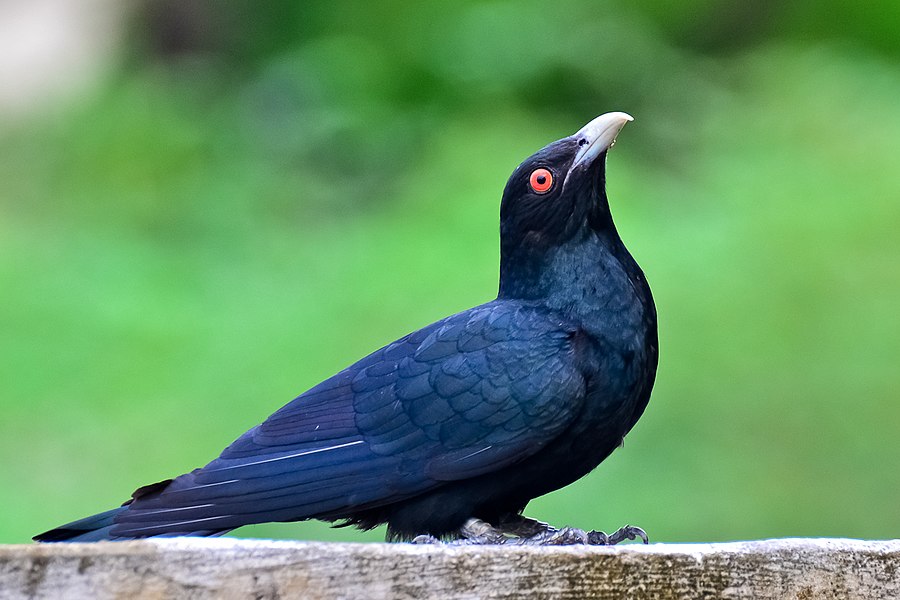Facts About Asian koel
The Asian koel, a member of the cuckoo family, is a fascinating bird found across the Indian Subcontinent, China, and Southeast Asia. Known for its unique reproductive strategy, this bird practices brood parasitism, laying its eggs in the nests of crows and other avian species, which then unwittingly raise the koel chicks.
As adults, Asian koels primarily consume fruit, making them largely frugivorous. The bird holds a special place in Indian poetry and culture, often celebrated for its distinctive calls and presence.
Male and female Asian koels exhibit marked sexual dimorphism, with noticeable differences in their plumage. They are particularly vocal during the breeding season, ensuring their presence is well-known. The species also features a unique feather molting pattern.
There are several subspecies and island populations of the Asian koel, each with slight variations. These birds favor light woodlands and cultivated areas in tropical southern Asia. While they are generally resident breeders, some individuals may undertake long migrations.
Interestingly, when it comes to raising their young, Asian koels do not evict the host's chicks. Instead, the young koels are fed by the adult female hosts. Their diet is quite varied, including insects, fruits, and even small vertebrates. By consuming fruits, they assist in seed dispersal, contributing to the ecosystem. Remarkably, they have been observed eating toxic fruits without apparent harm.
Asian koels are not immune to parasites; they can host protozoa, lice, and nematodes. Despite these challenges, they continue to thrive in their habitats, playing a vital role in their ecosystems.

 Malaysia
Malaysia